#artefacts
Text
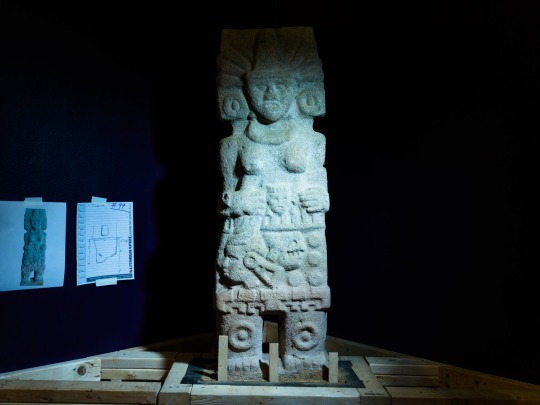
"The woman, carved in pale stone, wears a peaked headdress, circular earrings and the wide hip belt and kneepads of an ancient Mesoamerican athlete. Her expression is fierce, her pose triumphant. In her right hand, she grips the severed head of a sacrificial victim by the hair.
The sculpture is the first life-size representation of a ritual ballplayer found to date in the Huasteca, a tropical region spanning parts of several states along the Gulf Coast of Mexico.
Like virtually every other Mesoamerican society, the inhabitants of the Huasteca played what is simply known today as “the ballgame,” in the time before the Spanish conquest. Despite its name and ties to modern soccer, this game was more sacred rite than sport.
For the players, who bounce a solid, dangerously heavy rubber ball off their hips, it was a means of communing with the gods, one that sometimes culminated in human sacrifice.
The ballplayer will be among the most important artifacts in an exhibit, “Ancient Huasteca Women: Goddesses, Warriors and Governors,” at the National Museum of Mexican Art in Chicago, opening Friday. This is the first time the piece, which was discovered by landowners about 50 years ago near Álamo, Veracruz, has been on public display.
“It is a totally atypical sculpture,” said David Antonio Morales, an archaeologist with the National Institute of Anthropology and History in Veracruz, who stumbled upon it last November when he was visiting private collections.
He contacted María Eugenia Maldonado, one of the few archaeologists specializing in the pre-Columbian past of the Huasteca. At first, she didn’t think the figure could be real. It would be the first stone sculpture of a ballplayer found in the region, the first female ballplayer and the first at this scale holding a decapitated head.
“It’s putting all the elements into a single sculpture that had never been seen together before,” she said. “That is the importance of this sculpture.”
Kim N. Richter, a historian of pre-Columbian art at the Getty Research Institute in Los Angeles and an expert on female statues from the region, had not seen the piece. It “would be really important because we don’t have any monumental sculptures of ballplayers in the Huasteca to date, male or female,” she said. “So that would be a huge discovery in itself.”
Dr. Maldonado says she hopes the exhibition, with 100 artifacts, will challenge what she calls “superficial” interpretations of women’s roles that have riddled scholarship of the region. For decades, archaeologists have described sculptures of men as individuals in positions of power, like priests or rulers. They’ve tended to brush aside sculptures of women as images of a fertility goddess.""
#history#women in history#women's history#sportswomen#athletes#women in sports#mesoamerica#mesoamerican history#mexico#mexican history#huasteca#historyblr#historical figures#artefacts#sculptures#archeology
30 notes
·
View notes
Text
Locks of hair from Percy Shelley, Mary Shelley, and Lord Byron, next to their portraits:

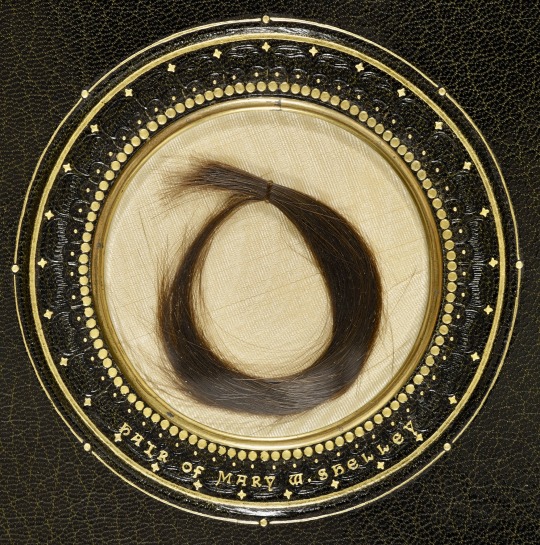


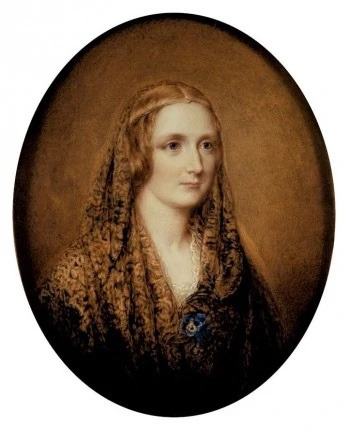
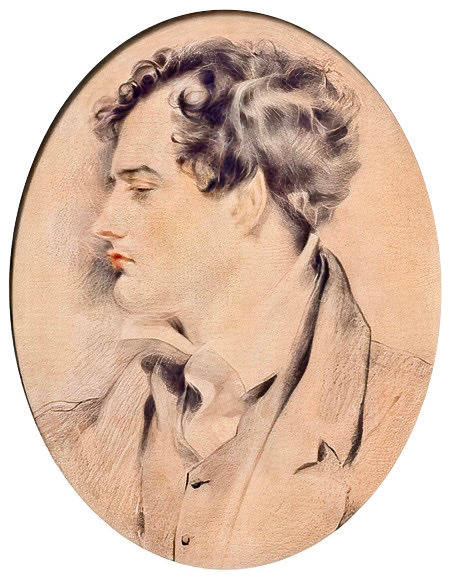
#percy shelley#mary shelley#lord byron#romanticism#dark academia#lock of hair#19th century#victoriana#victorian#georgian#regency#literary history#relics#artefacts#hair#portraits#the geneva squad#the pisa circle
2K notes
·
View notes
Text
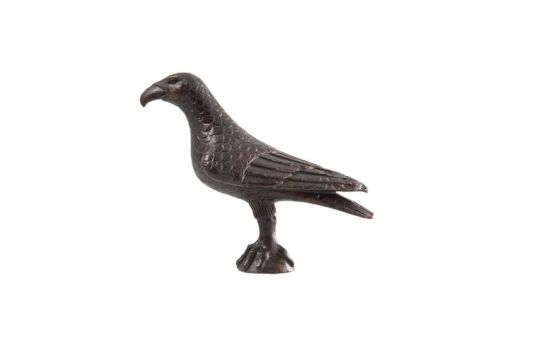

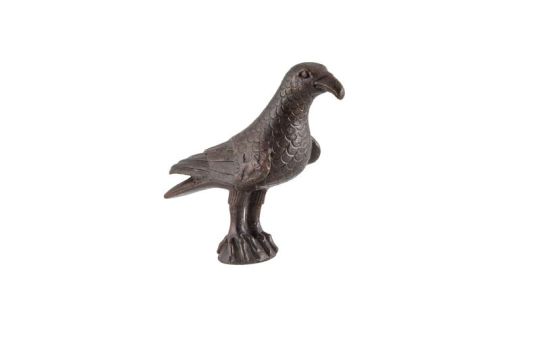

bronze crow figurine, archaic period (end of 6th century bce) - acropolis museum
787 notes
·
View notes
Text


Roman Bird Brooch, 2nd or 3rd Century CE, Corinium Museum, Cirencester
#romans#roman#bird#brooch#jewellery#design#metalwork#archaeology#relic#artefacts#roman symbols#roman crafts#roman empire#roman culture#ancient cultures#ancient living#Corinium#Cirencester
178 notes
·
View notes
Text
Wednesday April 5.
Antiques: A celebration of the finer, older things in life.
And the urge to make one, neigh, several, yo mama is so old jokes here is strong, but we should resist it. Should, but won't: Yo mama is so old, she did a quite breath-taking job in the design and creation of several of the following antiques compiled for this post, and we have nothing but admiration and respect for her craft and skill! Try that on for size. Yo mama is so old, she bartered fairly in the interests of both parties while selling these beautiful pieces at markets across every epoch! The urge was simply overpowering, only we hope you enjoyed this fresh, new, more wholesome spin on a comedy classic. And yo mama, though she may be a little older in years, nonetheless remains exceptional in her craft—as the following #antiques will attest. And long may yo mama continue.
999 notes
·
View notes
Text

Roman silver coin minted in 55 BCE, during Julius Caesar's campaigns in Gaul, by Publius Fonteius Capito, one of the tresviri monetales (mint officials) for that year. On the obverse, the helmeted head of the war god Mars, with a small representation of a tropaeum (trophy) behind him. On the reverse, a Roman horseman rides down two enemy soldiers, identified by their helmets and shields as Gauls.
#classics#tagamemnon#history#ancient history#Ancient Rome#Roman Republic#Roman history#art#art history#ancient art#Roman art#Ancient Roman art#Roman Republican art#artifacts#artefacts#coins#ancient coins#Roman coins#Ancient Roman coins#numismatics#ancient numismatics#Roman numismatics
108 notes
·
View notes
Photo
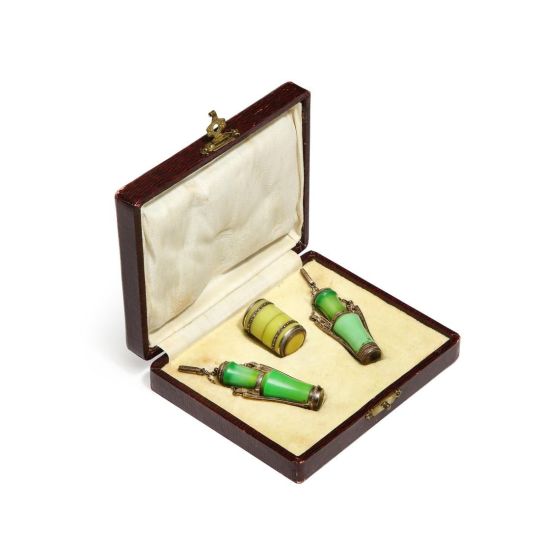

1920s D’Orsay perfume jewelry suite (via).
439 notes
·
View notes
Text

“Ah, God! but Art is long, And Life, alas! is fleeting.”
― Johann Wolfgang von Goethe, Faust
#my art#art#memento mori#artefacts#spooky art#macabre art#horror#horror aesthetic#digital art#spooky vibes#dagger#compass#skull#skull art#crystals#spyglasses#dark art#dark acamedia#dark academia art#dark academia aesthetic#sketches#digital drawing#procreate
195 notes
·
View notes
Text
Kokoshnik belonging to one of the Grand Duchesses, worn in their 1911 formal photographs

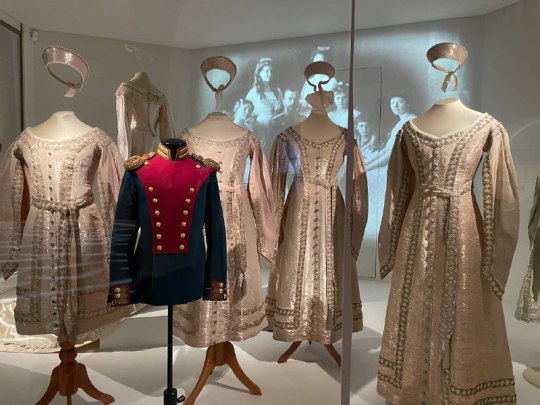

These simple, yet elegant, kokoshniki of pink fabric and pearls were worn by the Grand Duchesses alongside their pink miniature court dresses. All four kokoshniki and dresses have survived, and are currently owned by the State Museum of Fine Arts Tsarskoe Selo. They are exhibited at the Hermitage Museum's new display, OTMA and Alexei, with their original dresses.
Photos: S.M.O.F.A.T.S., romanovsonelastdance, na_koleni_Moscow
#20th century fashion#olga nikolaevna#tatiana nikolaevna#maria nikolaevna#anastasia nikolaevna#OTMA#romanov#romanov sisters#possessions#dresses#kokoshnik#women's history#fashion history#imperial russia#russian history#20th century#image desc in alt text#museums#artefacts#history
67 notes
·
View notes
Text
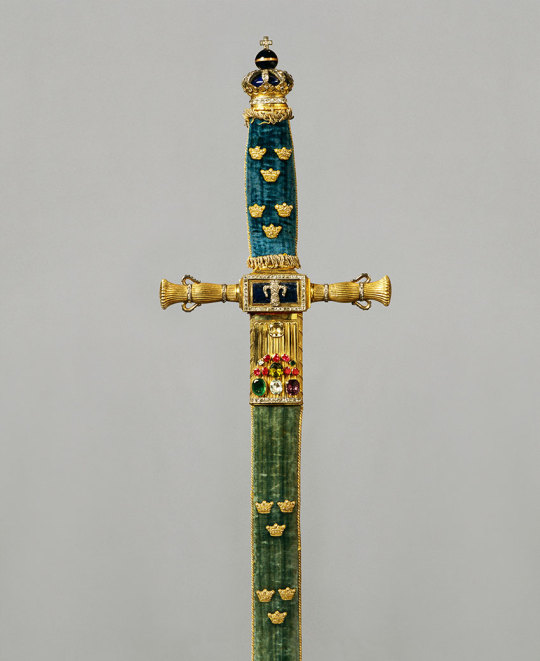
The Crown Prince's Sword
This sword was presented to the Treasury in 1810 by King Karl XIII to be used as a crown prince's sword. The signed blade was taken from a rapier King Gustav II Adolf commissioned in The Hague in 1620.
Made: The blade is signed by Arnoldt Bracht.
Material: Hilt and scabbard made from gold-plated silver, richly set with precious stones. The scabbard and the grip, which are covered in blue velvet with embroidered open crowns, were made by Christoffer Sergel.
Photo: The Royal Palaces
#swedish royal family#crown jewels#artefacts#king karl xiii#king gustav ii adolf#royal history#swedish history#swedish royalty
32 notes
·
View notes
Text


A contemporary portrait of Tigranes the Great, king of Armenia. 1st c. BC.
23 notes
·
View notes
Text

hydria fragment, classical period (c. 470 bce) - acropolis museum
430 notes
·
View notes
Text
William Shakespeare’s handwritten last will and testament, including his presumed final signatures (March 25, 1616). Taken from the Folger Shakespeare Library and the National Archives of England.




#literature#english literature#dark academia#poetry#william shakespeare#history#cool#interesting#shakespeare#folger shakespeare library#folger#library#manuscripts#archives#artefacts#artifacts#lit#books#bookblr#writing#17th century#renaissance#england#english history
87 notes
·
View notes
Text
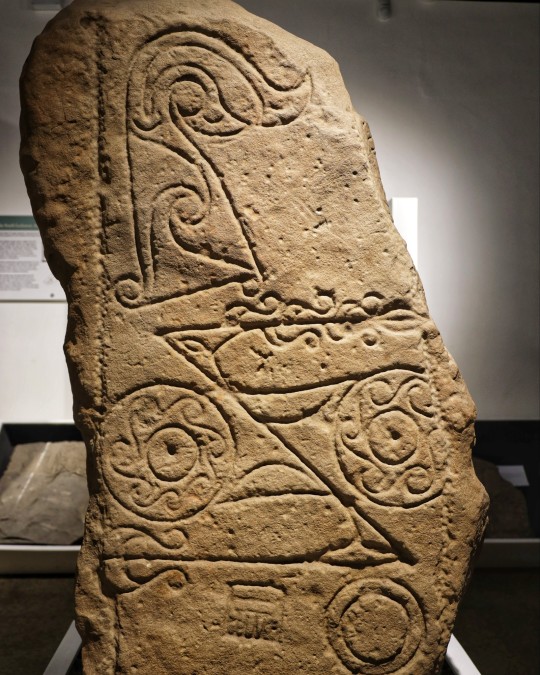
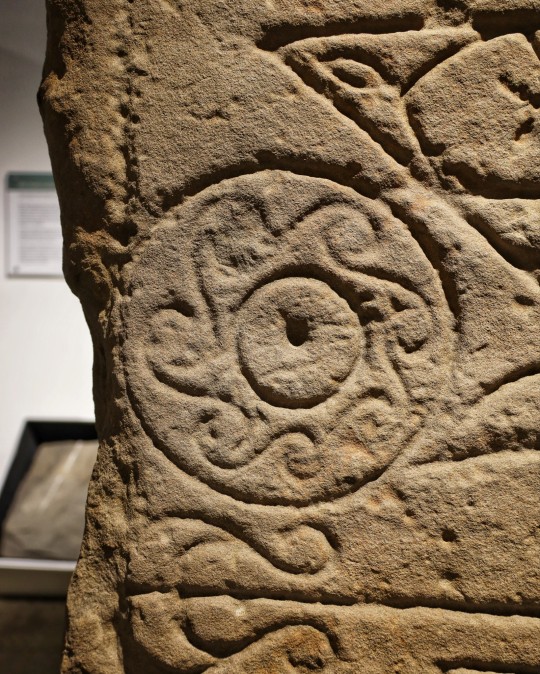

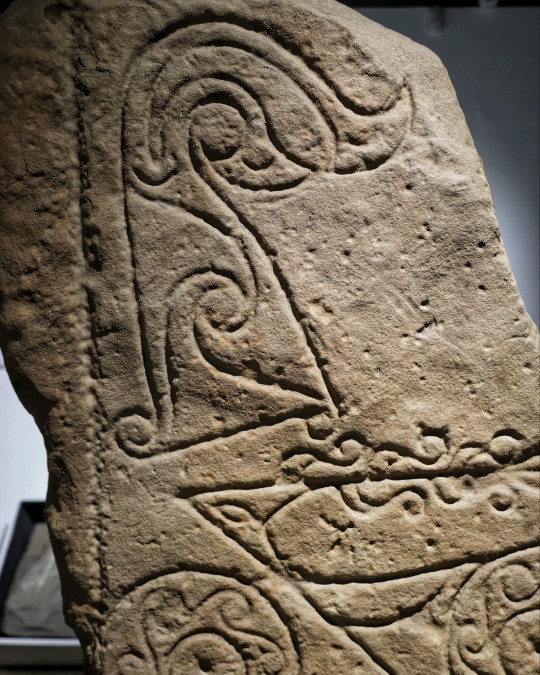

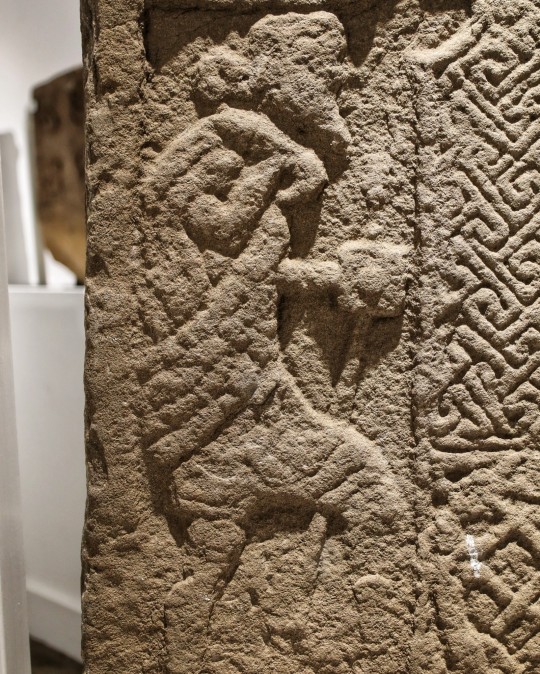
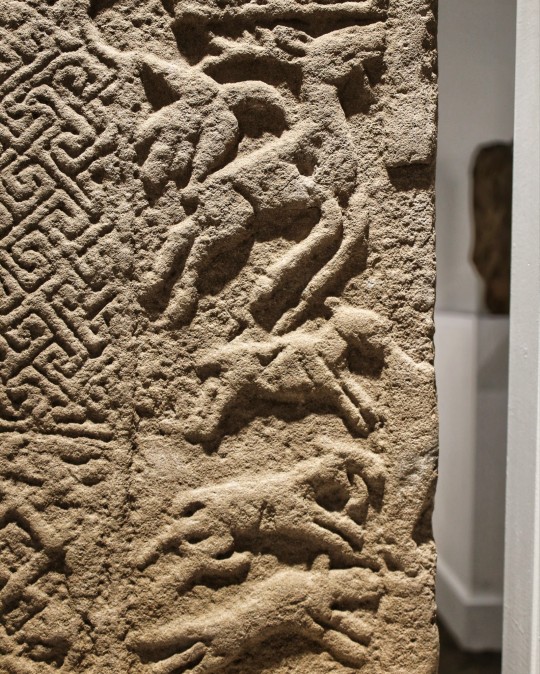
Pictish Stone Fragments, The Meffan Institute, Forfar, Angus, Scotland
#pict#pictish#picts#pictish stones#ancient craft#ancient cultures#relic#symbols#artefacts#ancient design#ancient living#early religion#ancient cross
66 notes
·
View notes
Text
"Hm, I'm gonna go check my tab which is always open on the Franklin Expedition Personnel list that I check and love at least twice a week. Im sure it'll be the exact same as it always i-"
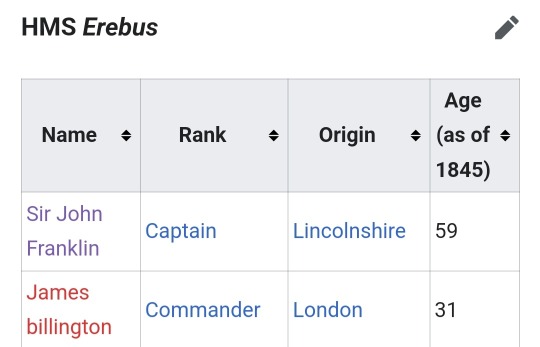
16 notes
·
View notes
Text

Stater, minted 380/379 BCE at Tarsus in Cilicia, of Pharnabazus II, former satrap of Hellespontine Phrygia under the Achaemenid dynasty of Persia and a major figure in the internecine conflicts of the Greek city-states during the late 5th/early 4th centuries. The coin shows the complex intermingling of Greek and Near Eastern cultures characteristic of Anatolia under Achaemenid rule. On the obverse, Ba'al of Tarsus is shown seated, holding a lotus-tipped scepter and wearing the Greek chlamys. On the reverse, a bearded man wears a helmet in Attic style. Both sides are inscribed in Aramaic, which served as the lingua franca of the Near East under the Achaemenids. Photo credit: Classical Numismatic Group, Inc. http://www.cngcoins.com
#history#ancient history#classics#tagamemnon#Persian Empire#Achaemenid#coins#ancient coins#Persian coins#numismatics#ancient numismatics#artifacts#artefacts
78 notes
·
View notes